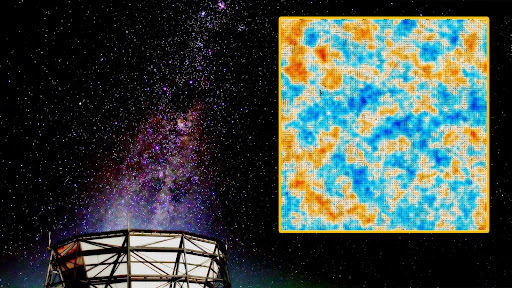NASA prepares 'moonikin' for spaceflight aboard 1st Artemis mission
A public competition to name the dummy is also underway.

NASA has released an amusing photo of a spacesuit-donned test dummy being put through its paces in a launch simulator at the Kennedy Space Center in Florida.
The dummy, which NASA affectionately dubbed "moonikin," will be the first passenger aboard the new Orion spacecraft during the first uncrewed Artemis I mission, expected later this year. The dummy will help scientists understand the forces that real astronauts will experience during the launch of the new Space Launch System (SLS) — the most powerful rocket ever built — in following missions.
If the crewed Artemis II launches as scheduled in 2023, it will be NASA's first mission to the moon since the Apollo 17 mission in 1972. The mission will also include the first woman and person of color to set foot on the lunar surface. But before they do, the new Orion lander and SLS rockets that they will be using to get there must be put through rigorous testing to ensure they are safe for human astronauts.
Related: Animals in space: 10 beastly tales
In the new photo, the "moonikin" sits in the Orion lander's seat as engineers test out its energy dampening system, the Crew Impact Attenuation System, during vibrational testing.
During the actual launch of Artemis I, the dummy will sit in the commander's chair of the Orion module and will wear a first-generation Orion Crew Survival System suit — the spacesuit astronauts will wear during launch, entry and other dynamic phases of their missions. It will also be equipped with sensors to measure acceleration, vibration and radiation, according to NASA.
Artemis I will also carry two model human torsos, called phantoms, made from materials that mimic human bones, soft tissues and organs.
Get the world’s most fascinating discoveries delivered straight to your inbox.
NASA is currently holding an online competition in which members of the public can help name the astronaut model by voting for their favorite names in a bracketing system. The eight potential names are Ace, Wargo, Delos, Duhart, Campos, Shackleton, Montgomery and Rigel.
Originally published on Live Science.

Harry is a U.K.-based senior staff writer at Live Science. He studied marine biology at the University of Exeter before training to become a journalist. He covers a wide range of topics including space exploration, planetary science, space weather, climate change, animal behavior and paleontology. His recent work on the solar maximum won "best space submission" at the 2024 Aerospace Media Awards and was shortlisted in the "top scoop" category at the NCTJ Awards for Excellence in 2023. He also writes Live Science's weekly Earth from space series.


